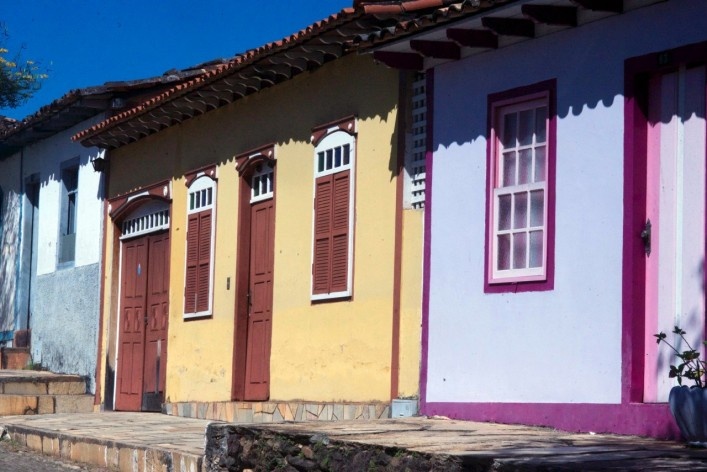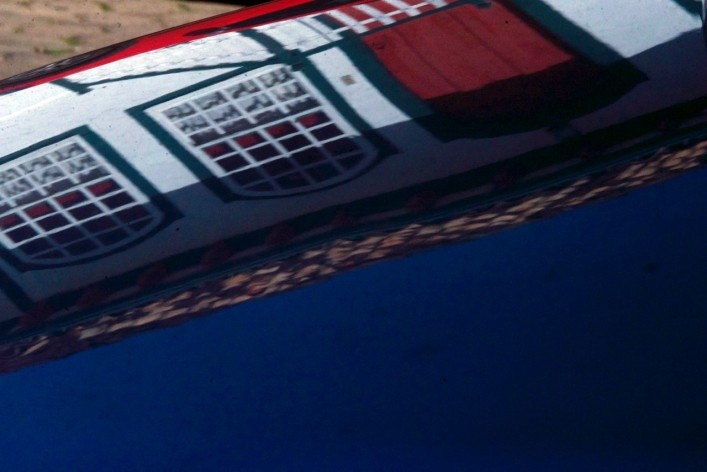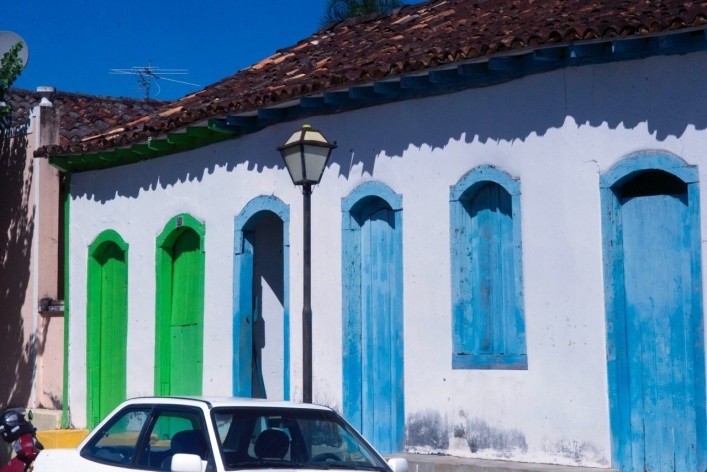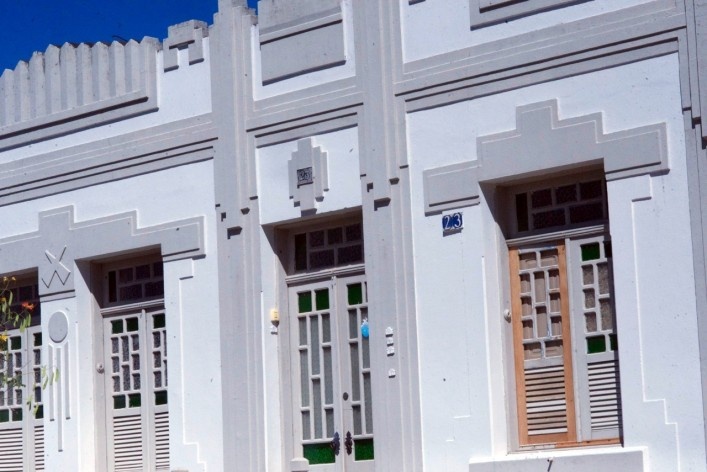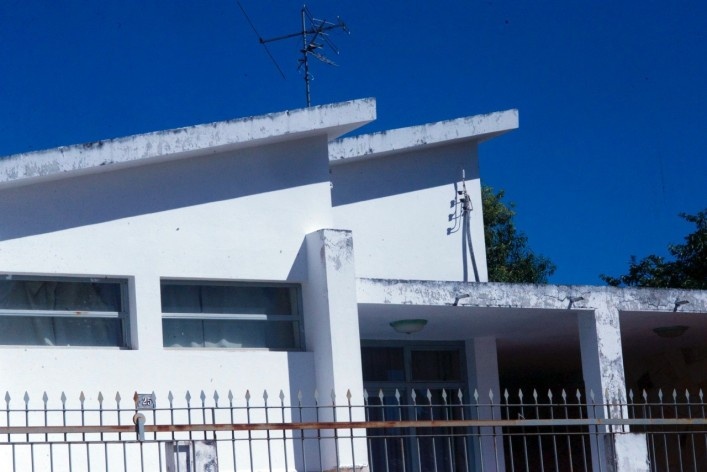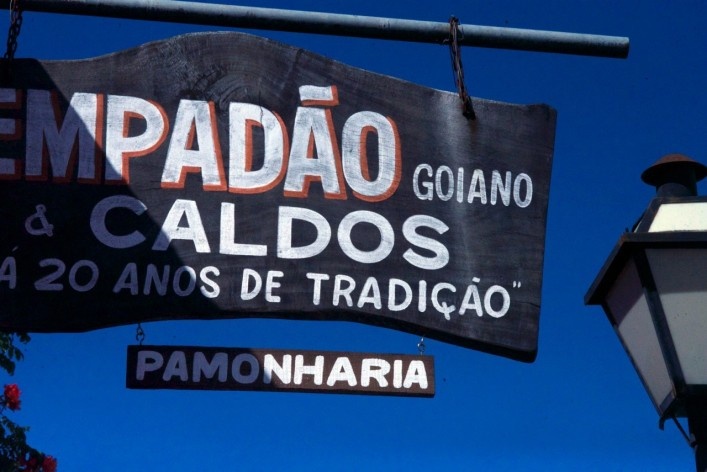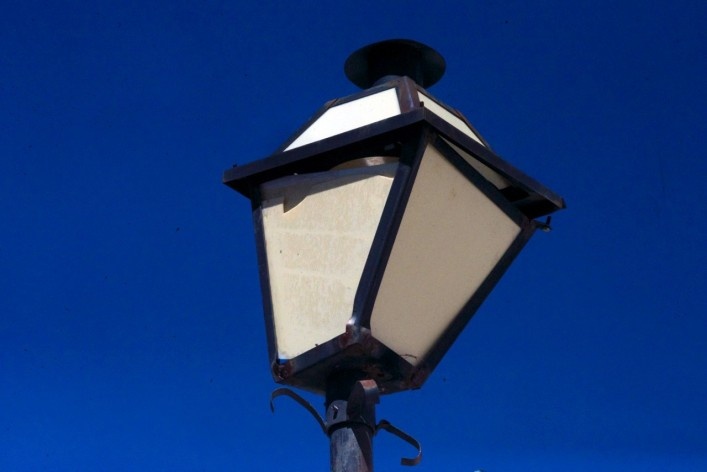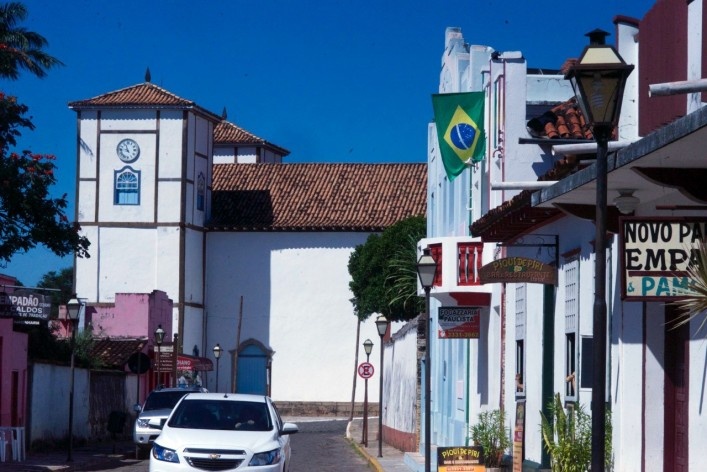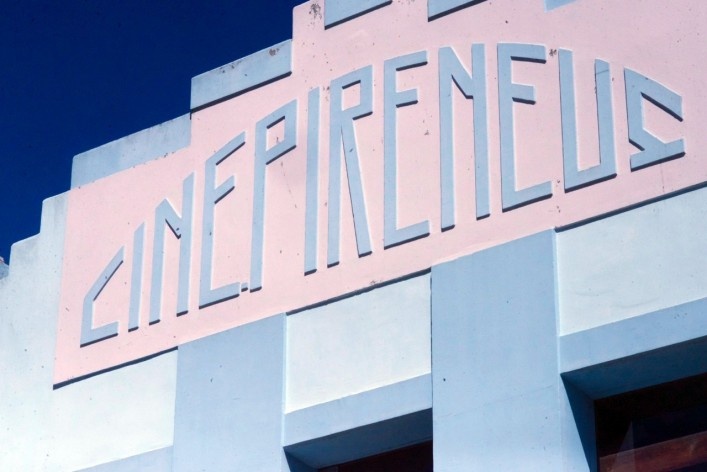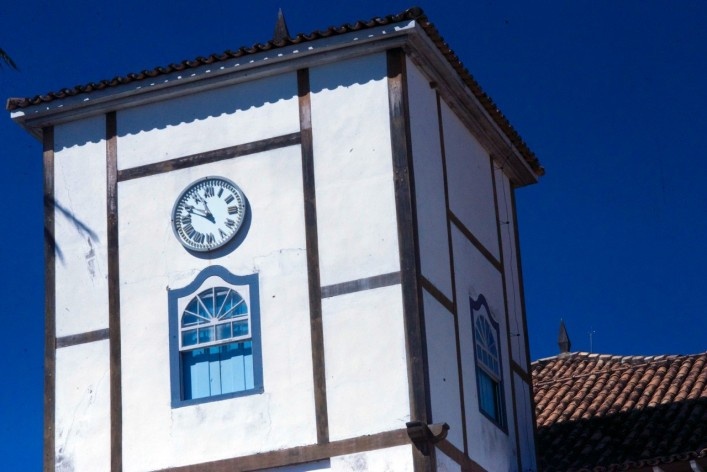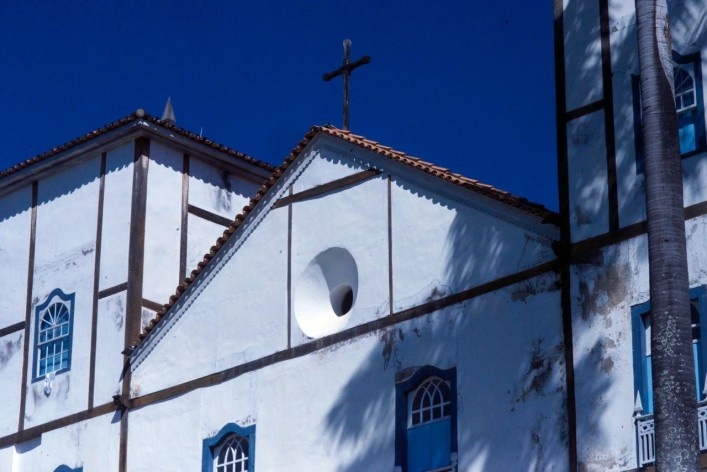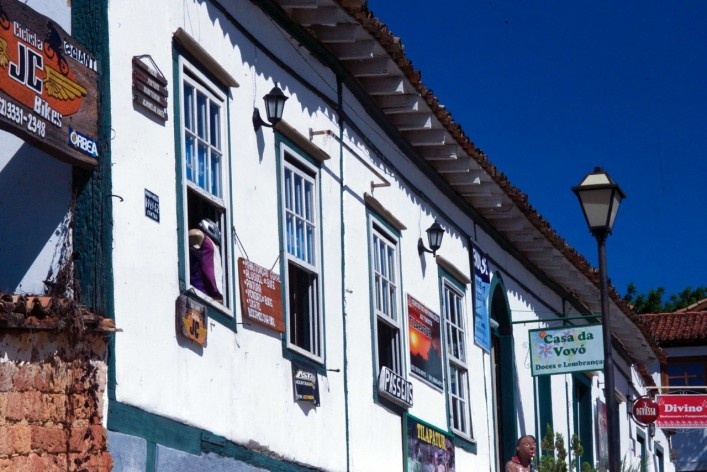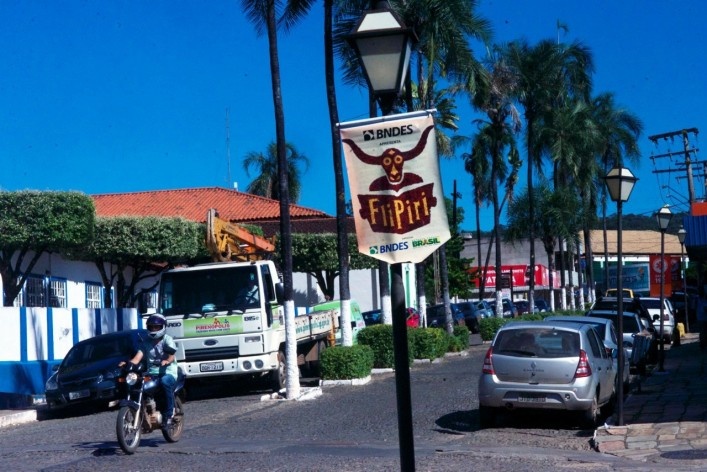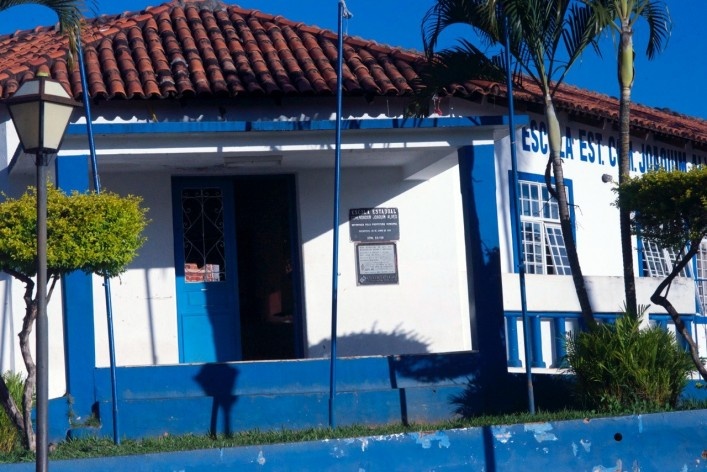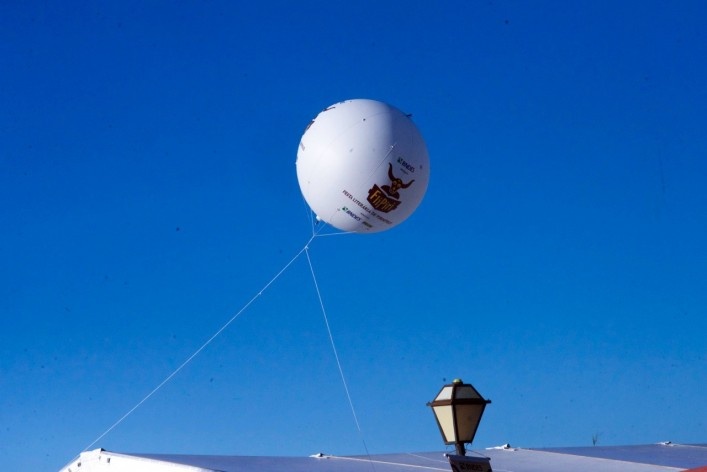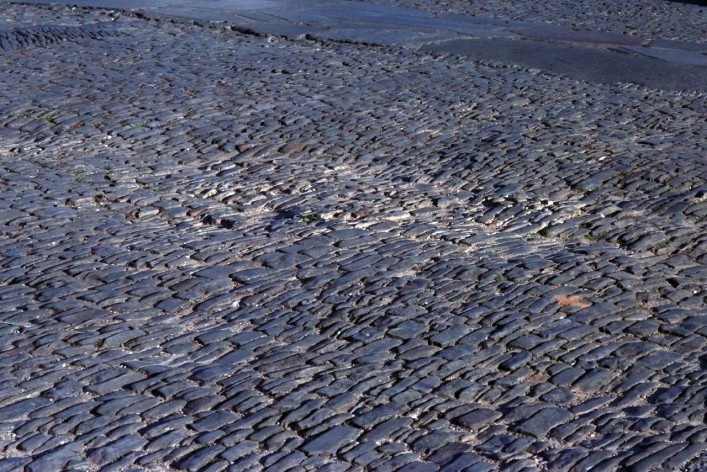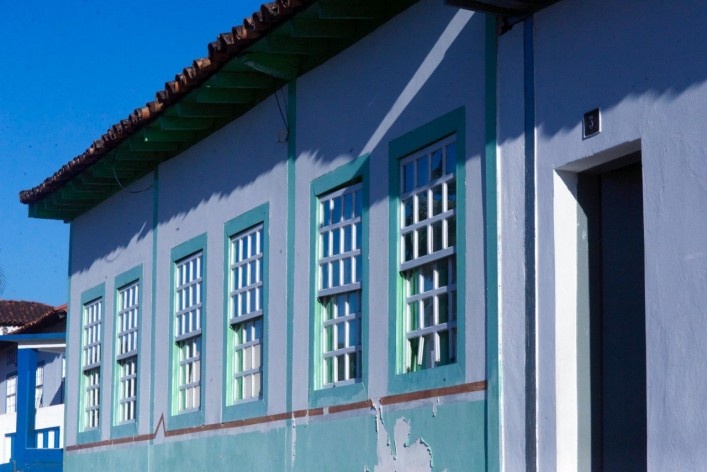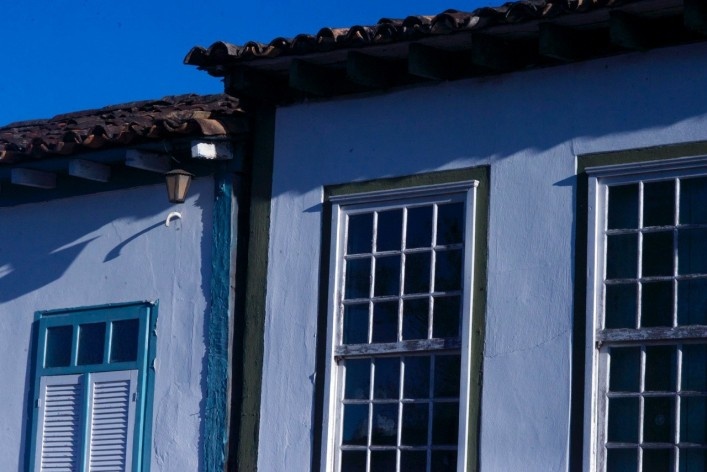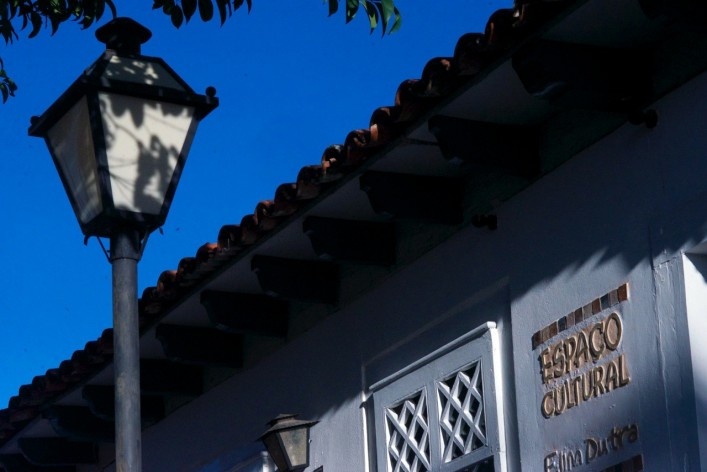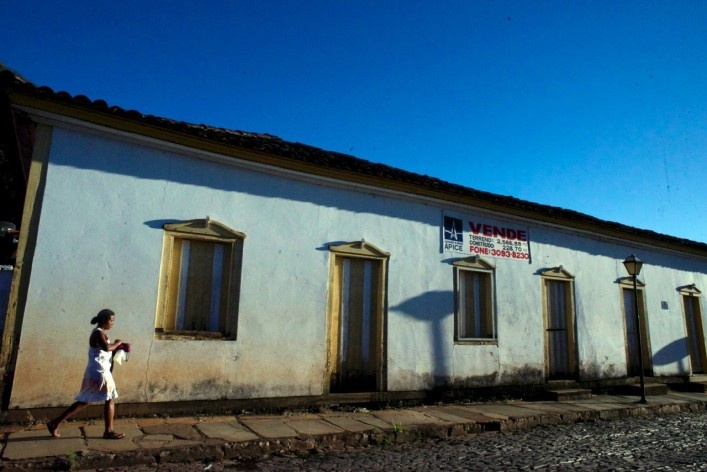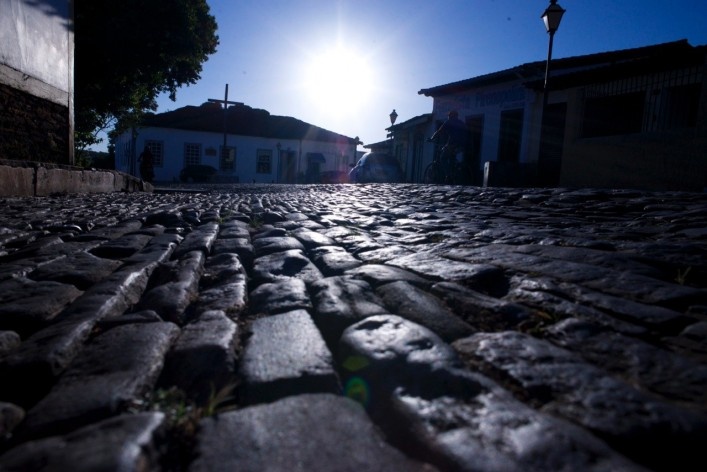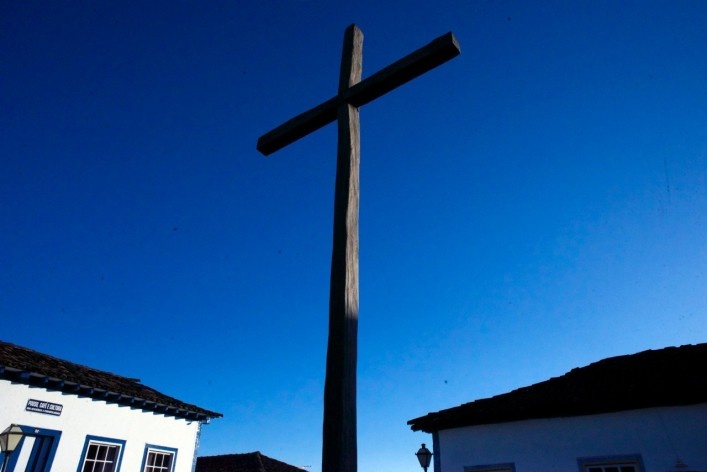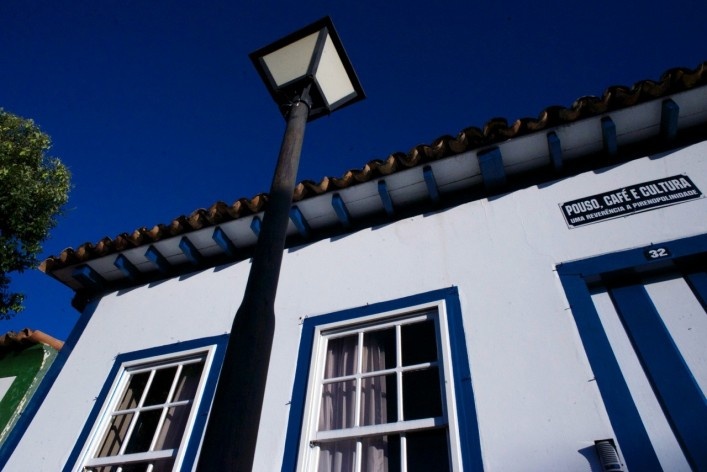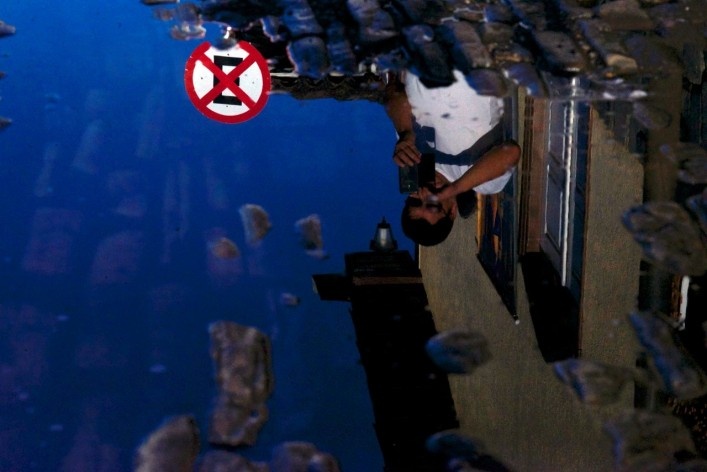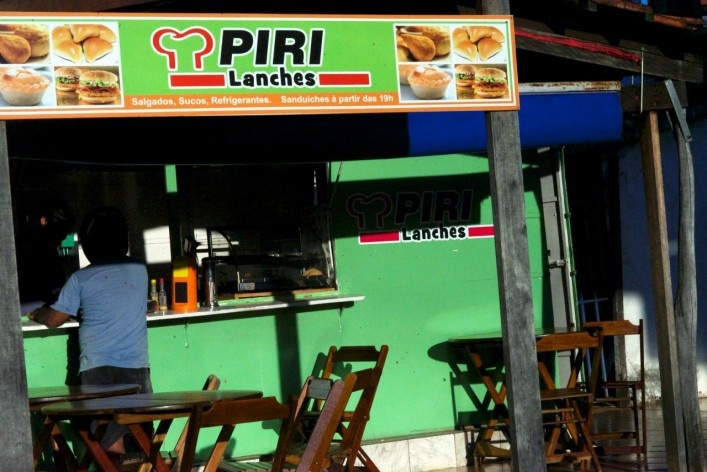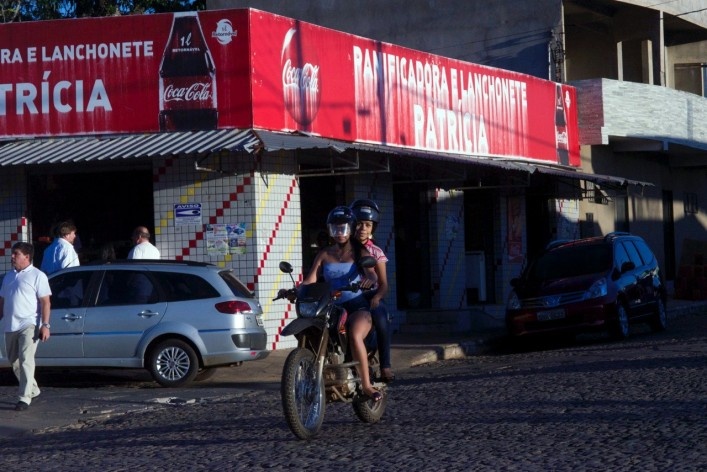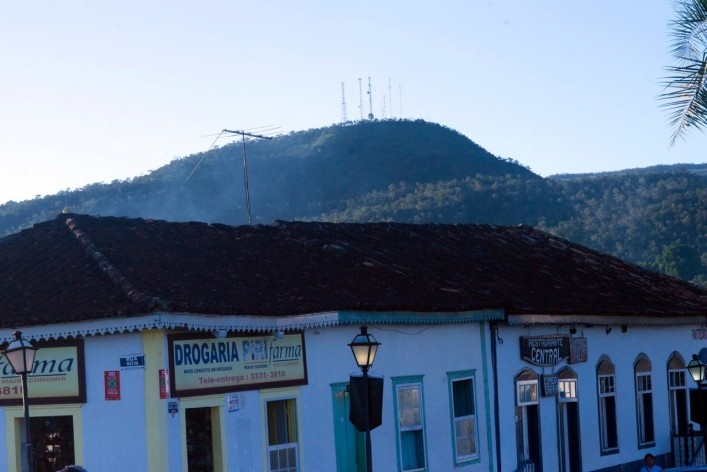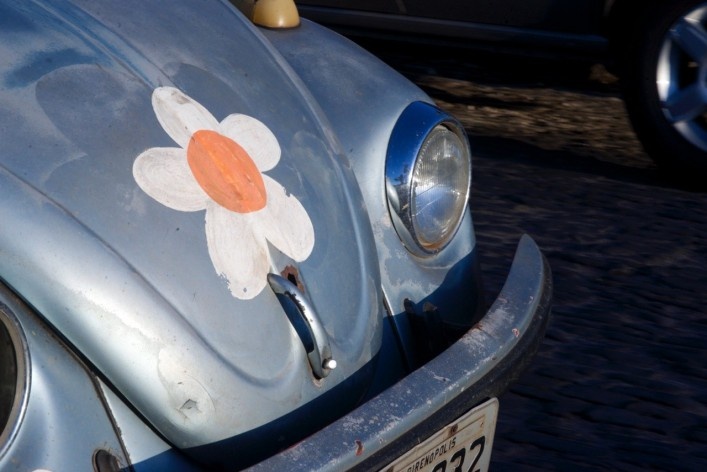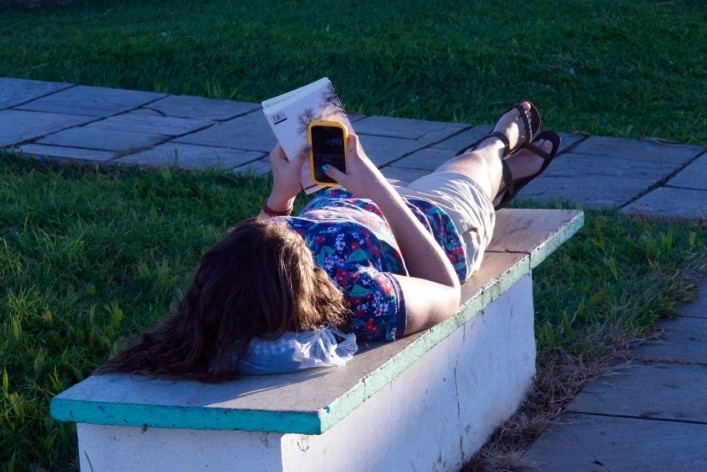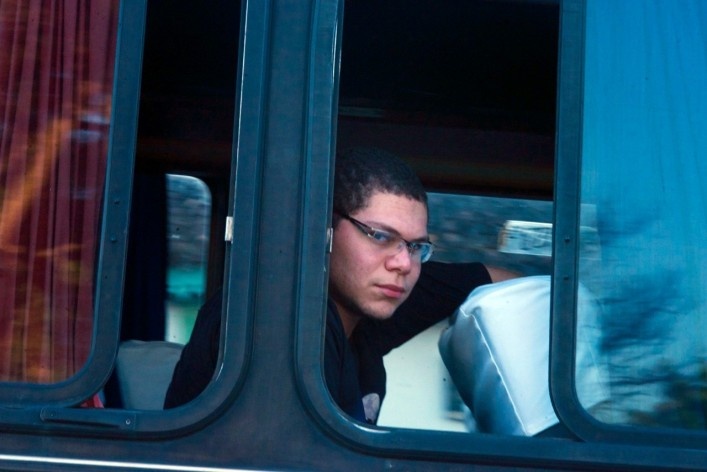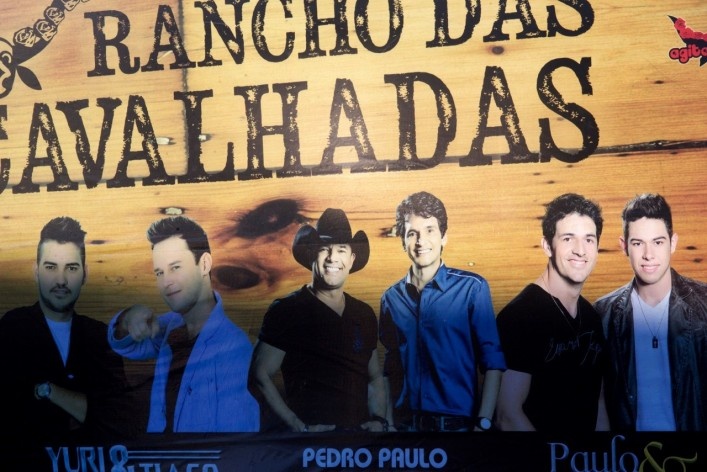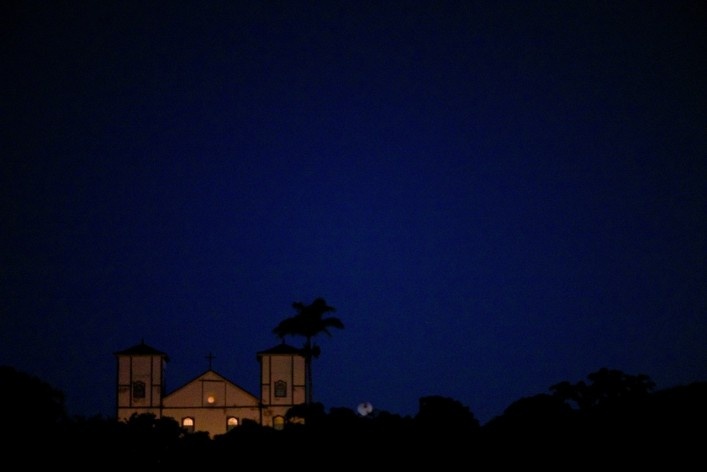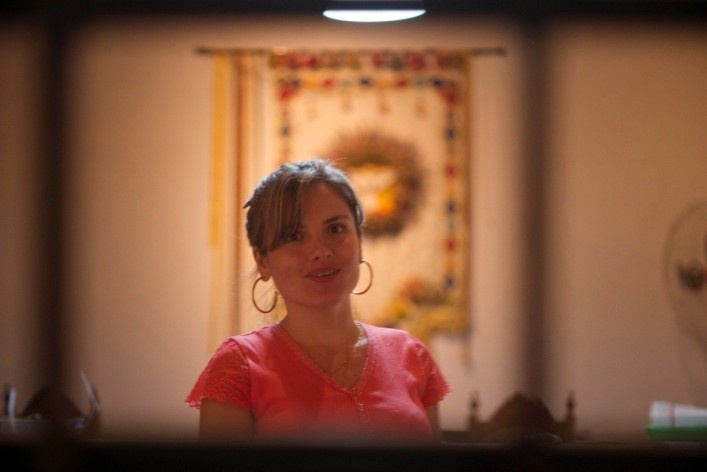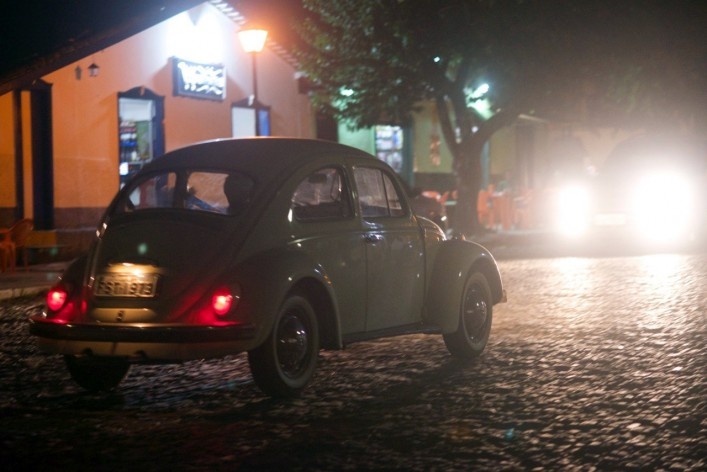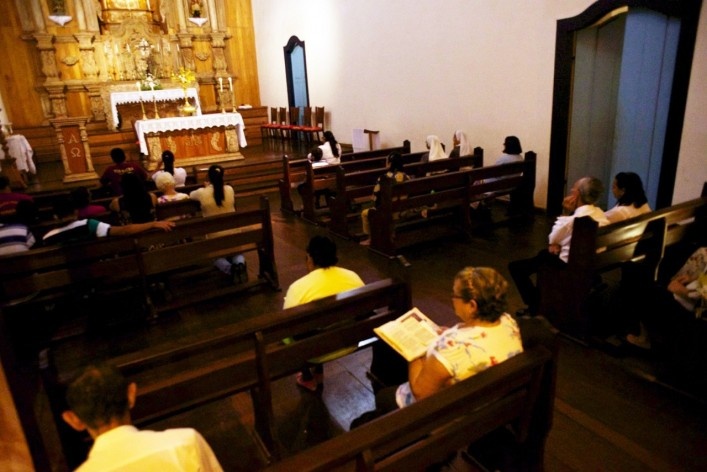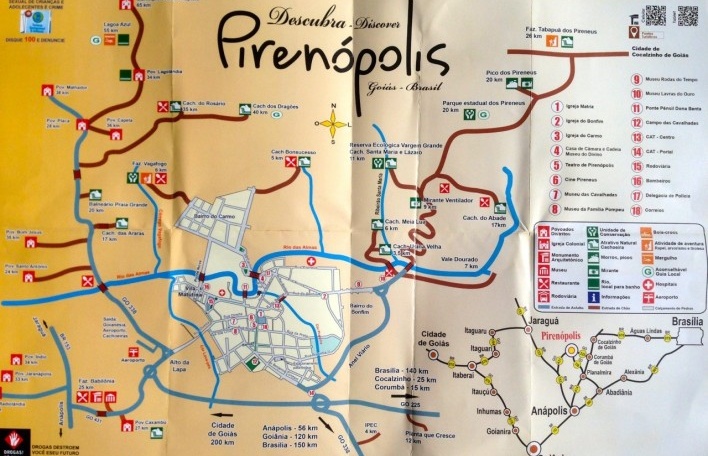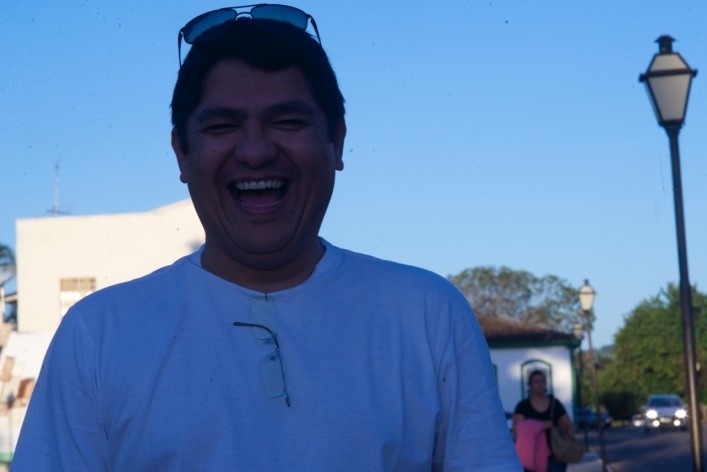The origins of this town date back to 1727, the penetration for the exploitation of the territory, particularly in finding new gold deposits process, this triggered by the Portuguese. Initially, as a stop for “tropeiros" and miners, the camp known as “Minas de Nossa Senhora do Rosário de Meia Ponte” has consolidated around the Church of “Nossa Senhora do Rosario”, having been moved to their occupation, later, with the construction of churches “Bonfim” and “Carmo”. The outlined stroke reveals plot consists of consolidated due to old paths that crossed between “ Pratinha” and “Lava-pés”, tributaries of the River of “Almas”. On the other hand, the subsequent expansion to the sides of “Carmo”, near the stream “Vagafogo”, the orthogonal layout shows more rational intention to control the occupation. In the second half of the eighteenth century, the economy is in crisis with the depletion of holding gold, this process has been changed with the new directions provided by agricultural, livestock and trade activities.

Pirenopolis itinerary BR 153, from Anapolis
Foto Fabio Lima
Pirenópolis, whose name was adopted in 1890, is situated on the fringes of the “Pirineus “, whose origin dates back to the name of the promontory located between France and Spain. The city is in a very privileged position, close to large centers like “Goiânia”, the capital of the state of “Goiás”, at a distance 120 km, “Anapolis”, to 56 kilometers, and “Brasilia”, the Federal Capital, 150 kilometers. The city is protected by the federal level (IPHAN) since 1988, and is seated economy today, in agriculture, exploitation of quartzite stone type, commerce and tourism. The historic center is full of diverse craft shops, including also numerous bars and restaurants, with cuisine to suit all tastes, from the regional to the international as well as hotel consists of hostels and hotels that offer great quality services. Another option for hosting campsites are distributed by region.

Other public lighting
Fabio Lima
The town lies in a valley through which the river “Almas” taking in his surroundings, hills with vegetation forming the background for the “scenario” rooted in the colonial past. The State Park of the “Pirineus”, located 20 kilometers from the urban center, and “Vargem Grande” Ecological Reserve, 11 km, feature lush and numerous cascades and waterfalls that are distributed by region nature. People of “Pirenópolis” show much hospitality and curiosity with regard to visitors, whose origin and profession are grounds for questioning. The “Festa do Divino Espírito Santo de Pirenópolis”, which occurs in May, during Cavalhadas, is one of the main events, which, together with others, throughout the year, open up the city. It is worth mentioning that excess vehicles and motorcycles, with some aggressive drivers, is a big nuisance. The historical center is clearly defined, with paving stone composed in massive fillets “capistranas” granite and quartzite.

Night view of the bridge in wood structure access to Carmo, over the River of Almas
Foto Fabio Lima
The city has set up, in which we show the different times of occupation, from the Portuguese colonial matrix, highlighting the monumentality of some buildings, such as the “Rosario” Church and with other religious and institutional purposes. Besides these original types, other times add up as exemplary and eclectic Art Deco, which has in the cinema “Pirineus” a prime example. Modernity inserted with the change of the Federal Capital, Brasilia, can also be seen in specific passages side by side with the types mentioned above. In addition to the protected center of the city expanded its horizons, while maintaining the same level of the assembly, with inserts which reveal the complexity of typological options today without the aesthetic appeal and technological certainty that his tagged urban development in the eighteenth and nineteenth centuries. Mentioned in this expansion, numerous problems arise in urban infrastructure, and the lack of regulations on the use and occupation of land and the need to define guidelines for qualified urban development. In this sense, “Pirenópolis” should be seen in the round, with the various "layers " that make up its history, protected, these revealed through photographs on postcards, we bring in the memories we keep this part of the " chão goiano ". The essay here, whose visit to Pirenopolis had a teacher’s guide Wilton Medeiros, from UEG, inserts in " Journeys of Planning and Cultural Heritage ", linked to the Group Urbanismo.mg / UFJF, which coordinate with support from FAPEMIG, CNPq and CAPES.
about the autor
Fabio Jose Martins de Lima was born in Belo Horizonte, Minas Gerais, Brazil, on September 2, 1961 and photographing since 1983. Professor at Federal University of Juiz de Fora, from 1999, graduated in Federal University of Minas Gerais (1989), Master in Architecture and Urbanism at Federal University of Bahia (1994) and PH.D. in Architecture and Urbanism at University of Sao Paulo (2003). From 2011 is committed to the Università IUAV di Venezia on a Technical Stage, with support from Capes, Brazil. In Juiz de Fora coordinating research group Urbanismomg at Federal University of Juiz de Fora, with support of CNPq, Fapemig and Min Cidades and Culture.




